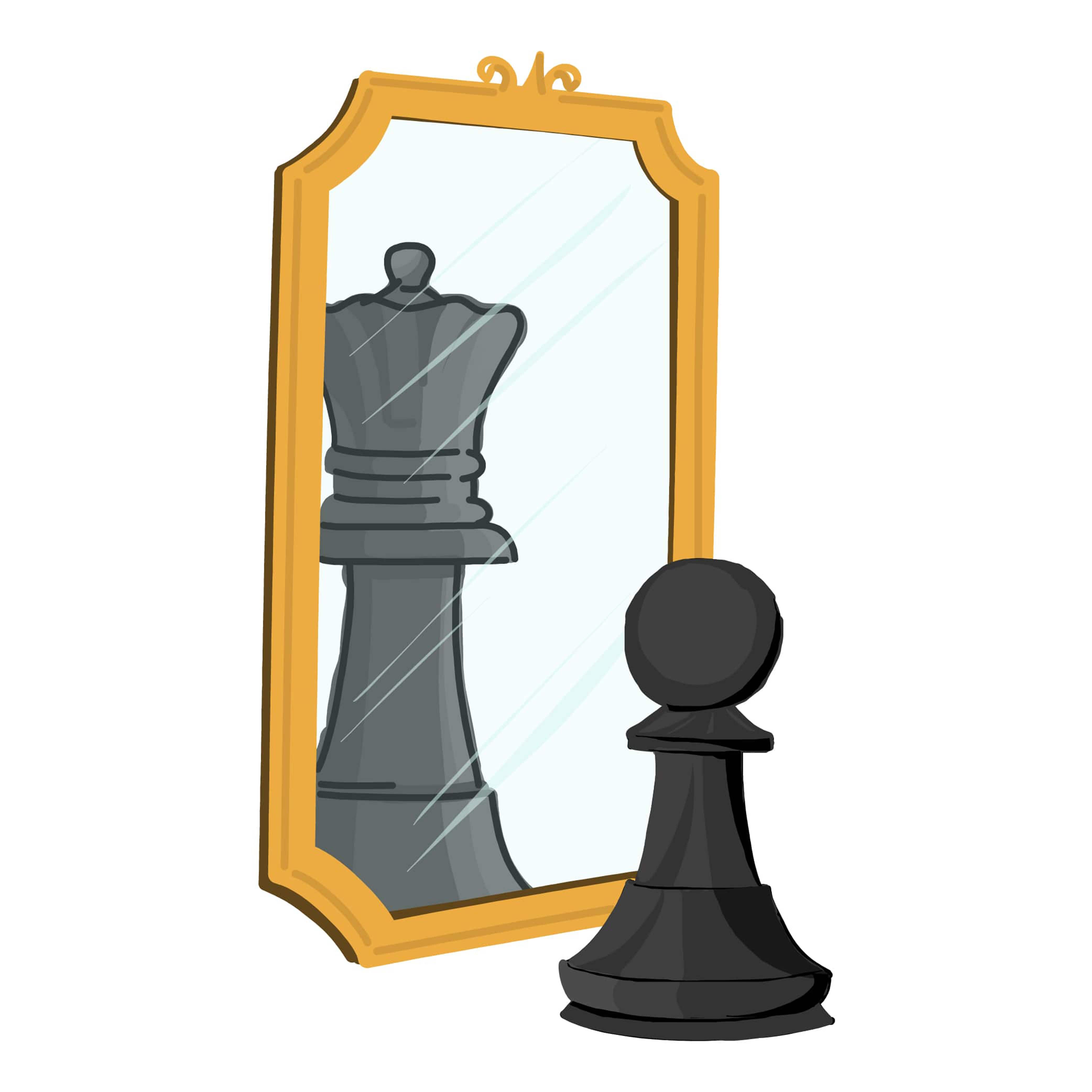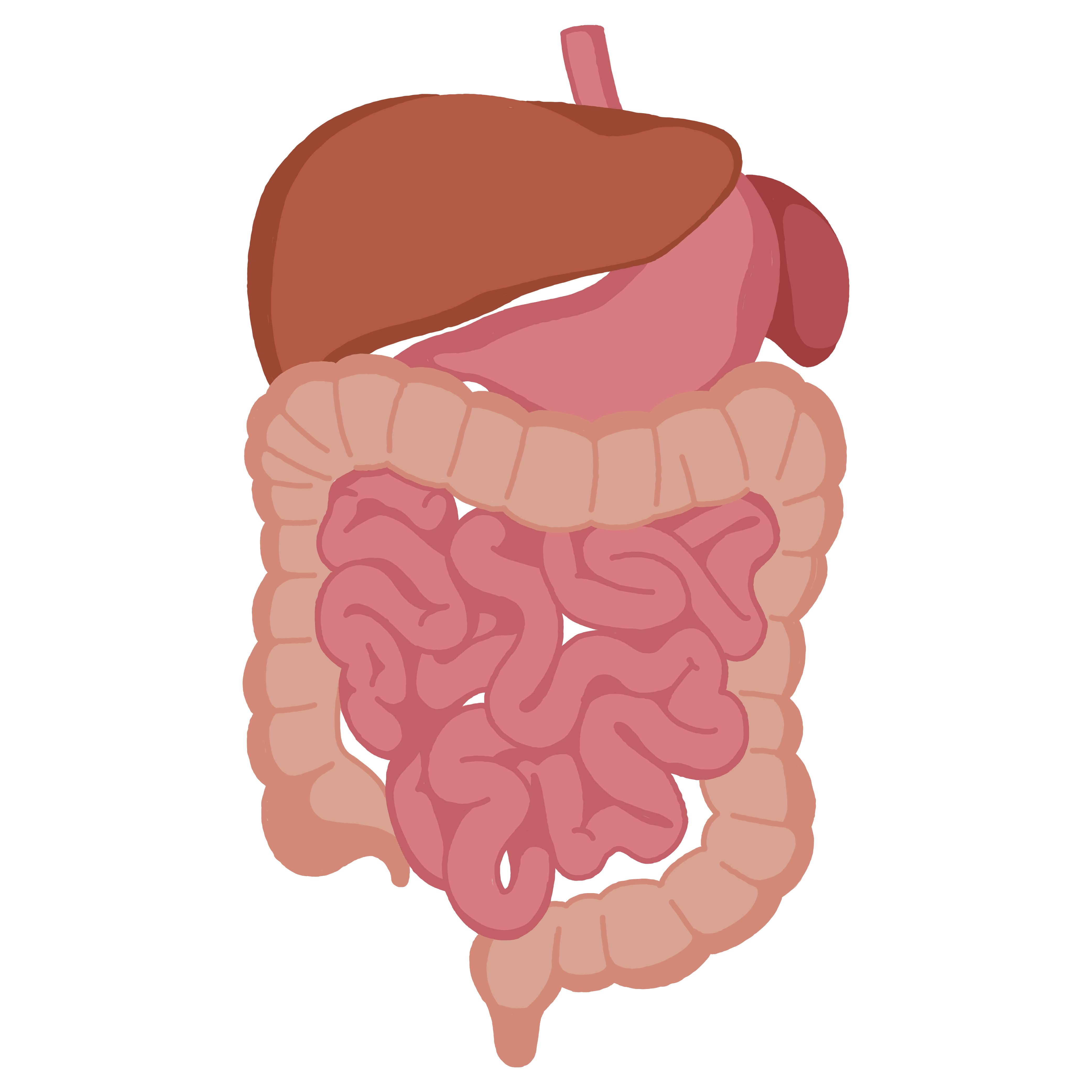Can design evoke Emotions?
Is there any truth to the claim that Design can evoke emotions? Explore how the perception of Design extends into the realm of Psychology.
Reading Time: 3 minutes

In his fabulous book- “Unmasking the Faces”, Paul Ekman, who can be called one of the greatest psychologists of the current era, concludes that seven of human emotions- surprise, fear, disgust, contempt, happiness, sadness and anger are universal. Along with some emblems (i.e. nodding your head or not looking into an elder’s eye to convey respect) that may be particular to a specific culture, even members of the most secluded communities show these universal symbols when they experience similar emotions. Their intensities, although may vary tracing its roots to their cultural beliefs. Paul concludes that:
“True emotions can be displayed only if they are being truly experienced by the individual”
In other words, a genuine display of a smile may come only from a genuine feeling of compassion or happiness! It definitely cannot be accompanied by a feeling of contempt (given that the displayed emotion is true). Vice-versa, a stimulus that imparts a true smile on a person’s face may also mean that the person is feeling happy at that particular point.
Theoretically, Architecture may evoke the emotions an architect would want, but it can be true only to one person, or a group of people with identical likes and dislikes. But even in the closest of social circles like families, all have distinct personalities. Given this fact, it is very difficult to say that sitting in your room would make you and your siblings feel the same emotions.
More study is required in this field. Maybe there is a relation between the effects of stimuli on a person’s way of feeling, say feeling a space like in architecture. Till then, it is best to not assume that a person can be made to feel an emotion by just painting their house a certain colour!



